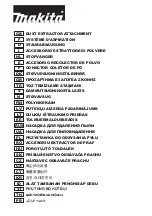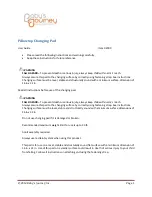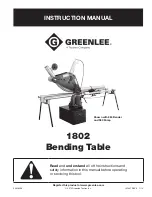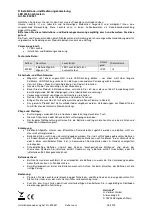
SN-PR46B
Instruction
Welcome to use SN-PR46B Infrared Presence sensor!
Congratulation on purchasing your new sensor and thank you for the confidence you have
shown in us. You have chosen a high-quality product that has been manufactured, tested and
packed with the greatest care. Please familiarize yourself with these instructions before
attempting to install the product because prolonged, reliable and trouble-free operation will only
be ensured if it is fitted and used properly. We hope your new sensor will bring you lasting
pleasure.
SPECIFICATION:
Power Source: 220-240V/AC Detection Range: 360
°
Power Frequency: 50Hz Detection Distance: 20m max(<24
℃
)
Ambient Light: <3-2000LUX (adjustable) Working Temperature: -20~+40
℃
Time Delay: Min.10sec
±
3sec Working Humidity: <93%RH
Max.30min
±
2min Power Consumption: approx 0.5W
Rated Load: Max.2000W Installation Height: 2.2-6m
1000W
FUNCTION:
Can identify day and night: The consumer can adjust working state in different ambient light.
It can work in the daytime and at night when it is adjusted on the “sun” position (max). It can
work in the ambient light less than 3LUX, when it is adjusted on the “3” position (min). As
for the adjustment pattern, please refer to the testing pattern.
Time-Delay is added continually: When it receives the second induction signals within the
first induction, it will restart to time from the moment.
INSTALLATION ADVICE:
As the detector responds to changes in temperature, avoid the following situations:
Avoid pointing the detector towards objects with highly reflective surfaces, such as mirrors




















